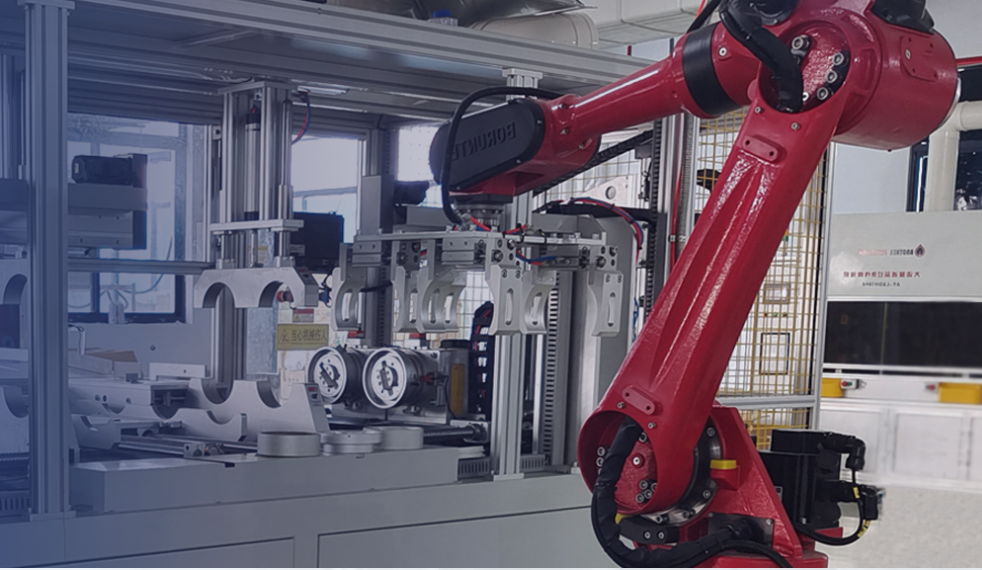Metallurgy plays a crucial role in shaping the tools, technologies, and infrastructure that define our daily lives. From constructing skyscrapers to designing advanced machinery and even contributing to medical devices, the science of metals is indispensable. This article explores the fundamentals of metallurgy, its applications, and how it drives innovation across various industries.
What is Metallurgy?
At its core, metallurgy is the science and technology of metals. It involves studying the physical and chemical behavior of metallic elements and their mixtures, known as alloys. This field bridges the gap between science and engineering, ensuring metals are efficiently extracted, processed, and formed into useful products.
There are two primary branches:
Physical metallurgy focuses on the structure and properties of metals.
Extractive metallurgy deals with the extraction of metals from their natural mineral deposits.
Understanding these branches allows industries to optimize performance, durability, and cost-effectiveness in metal products.
Historical Significance
Human civilization has been molded by metals since the Bronze and Iron Ages. Ancient civilizations used rudimentary methods to smelt ores and shape metals for tools, weapons, and construction. Over time, these techniques evolved into the sophisticated processes we rely on today.
The Industrial Revolution marked a significant leap in metal production, leading to mass manufacturing and the birth of modern infrastructure. Today, with computer simulations and advanced lab equipment, we can analyze metals at the atomic level.
Applications in Modern Industries
Metals and alloys are at the heart of numerous sectors. Here’s how various industries leverage metallurgical expertise:
Construction: Structural steel and aluminum allow for resilient buildings, bridges, and highways.
Automotive and Aerospace: Lightweight alloys improve fuel efficiency and performance.
Electronics: Conductive metals like copper and gold are essential for circuit boards and microprocessors.
Medical Devices: Biocompatible metals such as titanium are used in implants and surgical instruments.
Energy: Power plants, turbines, and renewable energy systems depend heavily on durable metal components.
By tailoring the microstructure of metals, engineers can produce materials that meet specific needs, from corrosion resistance to enhanced tensile strength.
Sustainable Innovations in Metallurgical Processes
Environmental concerns are reshaping the metallurgical landscape. Companies are now developing greener methods for metal extraction and processing. Some key innovations include:
Recycling scrap metals reduces mining and energy consumption.
Hydrometallurgy and bioleaching are less energy-intensive than traditional smelting.
Additive manufacturing (3D printing with metal powders) that minimizes waste.
Sustainability in metallurgy not only benefits the planet but also lowers production costs and enhances brand reputation.
Challenges in the Field
Despite its many benefits, metallurgy faces challenges such as:
Resource scarcity: High-grade metal ores are becoming limited.
Energy consumption: Traditional methods often require massive energy inputs.
Workforce shortage: The field demands specialized skills, and there’s a growing gap in trained professionals.
To overcome these hurdles, research and development must focus on innovative materials, efficient energy use, and workforce training.
Why It Matters for the Future
As we move toward smart cities, electric vehicles, and sustainable infrastructure, the demand for high-performance metals continues to grow. Metallurgical advancements are key to unlocking new technologies like:
Flexible electronics
Wear-resistant coatings
Lightweight armor materials
Investing in metallurgy supports innovation, ensures safety, and drives economic growth, making it a critical pillar of future development.
Conclusion
Metallurgy remains one of the most vital scientific disciplines in modern society. From ancient artifacts to space-age engineering, its influence is seen everywhere. By adopting sustainable practices and advancing research, the field will continue to evolve and support tomorrow’s innovations.
FAQs
1. What are the main types of metallurgy?
Physical and extractive metallurgy are the two primary types, focusing on metal properties and extraction methods, respectively.
2. How does metallurgy contribute to sustainable development?
By recycling metals and using eco-friendly processes, metallurgy reduces environmental impact while supporting industrial growth.
3. What industries depend most on metallurgy?
Construction, automotive, aerospace, electronics, and healthcare heavily rely on metallurgical technologies.
4. Why is alloy development important?
Alloys offer tailored properties like strength, corrosion resistance, and flexibility, making them essential for specialized applications.
5. Is metallurgy a good career choice?
Yes, especially with the growing demand for smart materials and sustainable manufacturing. Skilled metallurgists are needed in various global industries.
